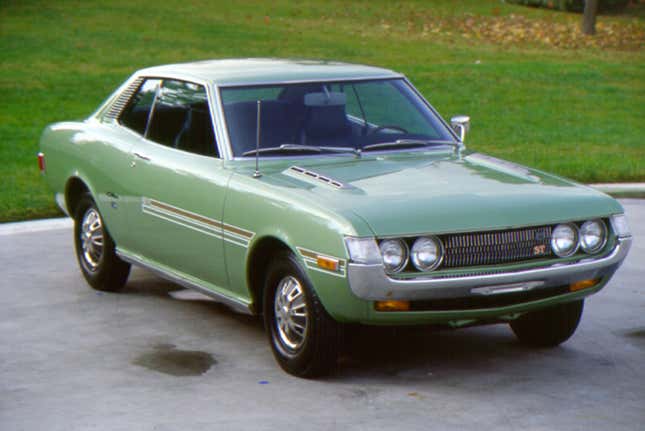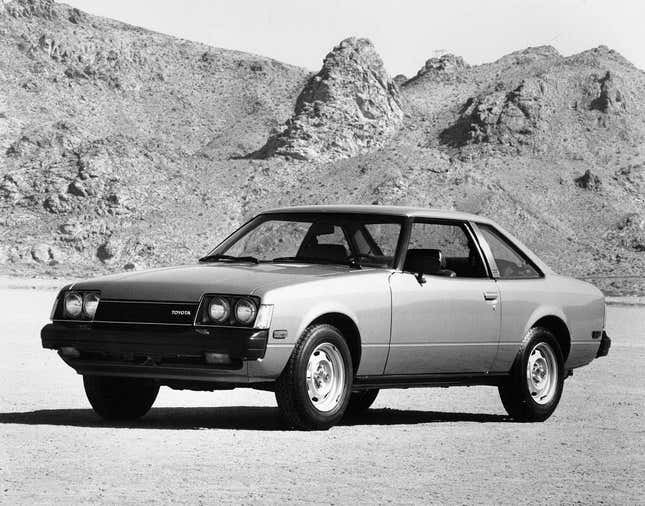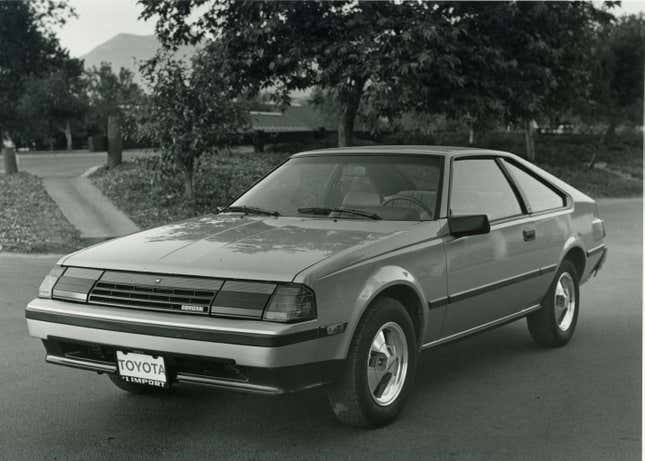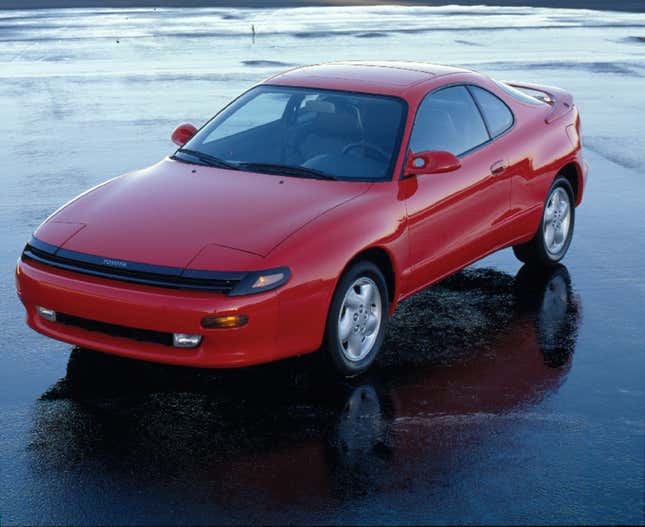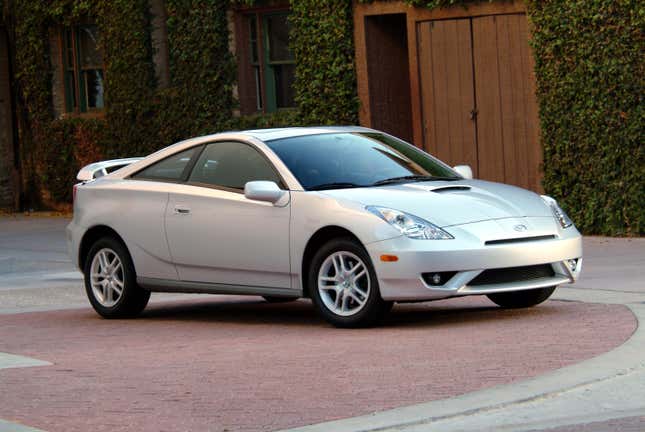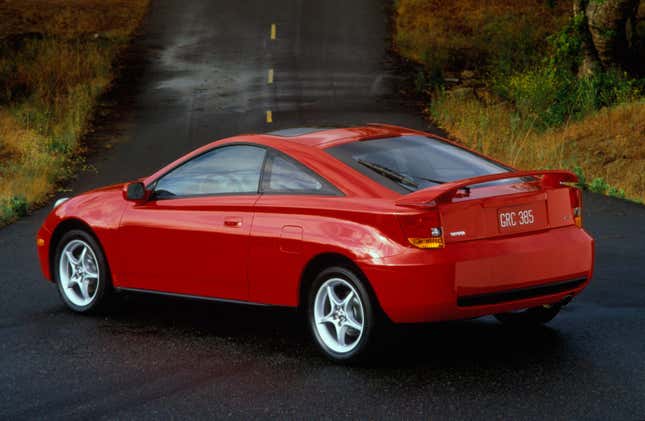
With Toyota’s recent trademark filing for the Celica name, speculation has been flying about a potential return of the model. Could it be a new model? A Supra variant? (The first two Supras were Celica-based) A name change for the GT86? Whatever it means, it’s the return of a nameplate with a storied history, spanning seven generations, 36 years and numerous racing wins. Let’s look back at some old Supras.
